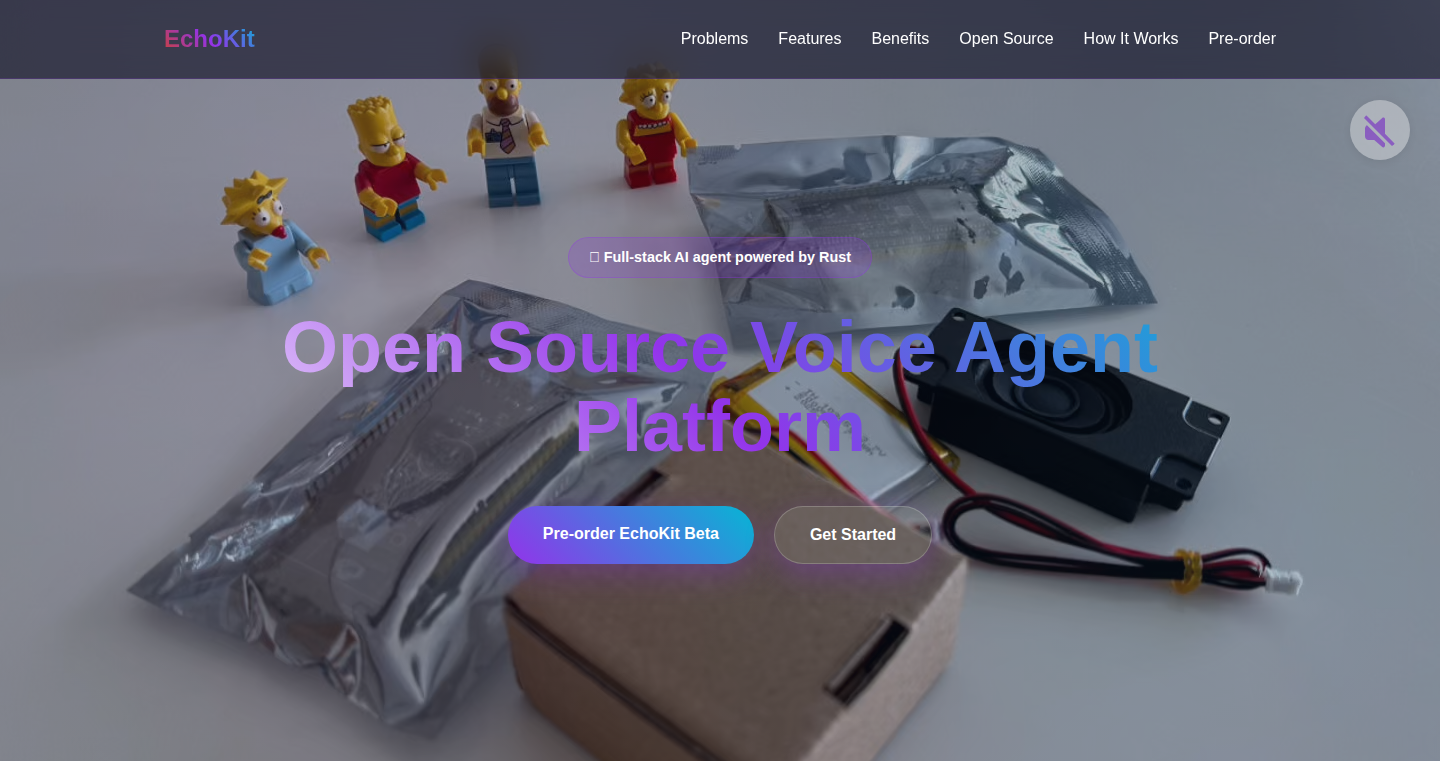

Highlight 1
Full open-source architecture fosters greater transparency and customization compared to traditional AI devices.
Highlight 2
User-friendly enablement of complex functionalities like voice cloning and direct ASR/TTS customization enhances user control.
Highlight 3
Active encouragement of community contributions potentially leads to rapid innovation and improvement in functionality.

Improvement 1
The user interface could benefit from enhanced intuitiveness as users may find the current design complex.
Improvement 2
More extensive documentation and tutorials would help improve the onboarding process for new users.
Improvement 3
Implementing a feedback loop mechanism for users can channel their ideas and issues directly to development, which could lead to quicker iterations and fixes.
Product Functionality
Enhance integration capabilities with other smart devices and APIs to broaden functionality and usability.
UI & UX
Simplify the user interface to make navigation more intuitive, possibly employing user testing to identify pain points.
SEO or Marketing
Consider creating engaging content such as tutorials, case studies, and blog posts that highlight user stories and the benefits of EchoKit's customization.
MultiLanguage Support
Implement multilingual support to cater to a global audience, which could be valuable for expanding the user base.
- 1
What is EchoKit?
EchoKit is an open-source AI device that allows users to customize AI functionality, privacy settings, and more through hardware and software based on Rust and ESP32-S3.
- 2
Can I modify the speech recognition and text-to-speech features?
Yes, EchoKit allows you to customize both ASR and TTS functionalities, even enabling voice cloning.
- 3
How can I contribute to EchoKit's development?
You can contribute by providing feedback, sharing ideas, or directly contributing code to the project's repository.
